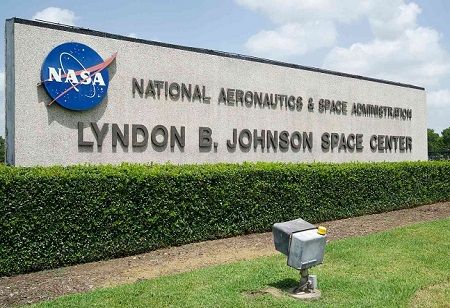The India-US space partnership achieved a major milestone in space exploration with the conclusion of the Strategic Framework for Human Spaceflight Cooperation. This agreement aims to enhance collaboration in space operations and includes plans to initiate advanced training for ISRO astronauts at the NASA Johnson Space Center. This marks the first joint endeavor between NASA and ISRO astronauts aboard the International Space Station.
NASA will train two Indian astronauts, one of whom will fly to the International Space Station (ISS) late this year. ISRO chairman S Somanath had earlier said that ISRO will likely select four astronauts for training. Notably, India's planned space station is called the Bharatiya Antariksha Station. It will be built by India and operated by the Indian Space Research Organisation (ISRO). The station is expected to be completed by 2035. NASA plans to decommission the ISS by 2031.
The upcoming Indian space station, slated to weigh 20 tonnes, will be smaller than the International Space Station (ISS). Designed primarily for conducting microgravity experiments, it will orbit Earth at an altitude of approximately 400km. Additionally, according to a fact sheet released after the iCET Dialogue, the US and India are exploring prospects to collaborate in the Lunar Gateway Programme.
The Lunar Gateway marks a pivotal advancement in human space exploration, providing a versatile platform for lunar surface missions, scientific research, and preparation for future deep-space missions led by the United States. Under the Artemis program, which aims to establish a sustainable presence on the Moon including the Artemis base, the Lunar Gateway will function as a multipurpose outpost in lunar orbit. This multinational endeavor involves NASA, the European Space Agency (ESA), Japan Aerospace Exploration Agency (JAXA), and the Canadian Space Agency (CSA), all key partners in the International Space Station.
The fact sheet also highlighted that the space agencies of both countries are gearing up for the launch of the NASA-ISRO Synthetic Aperture Radar (NISAR), a satellite jointly developed to conduct comprehensive mapping of the Earth's entire surface twice every 12 days. This initiative is part of their collaborative efforts to address climate change and other global challenges. NISAR will be the first radar imaging satellite to utilize dual frequencies, providing critical data on Earth's land and ice-covered areas in a mission scheduled to last three years. The primary objective of NISAR is to observe complex natural processes such as ecosystem changes, ice sheet dynamics, and geological events like earthquakes, volcanoes, and landslides.
The iCET talks also saw the launch of a new partnership between the US Space Force and the Indian startups 114ai and 3rdiTech, including advancing space situational awareness, data fusion technologies, and infra-red sensor semiconductor manufacturing. The two sides welcomed India's observation of the US Space Command's Global Sentinel Exercise at Vandenburg Space Force Base in February and its return as a participant in the exercise in 2025. The key points that were highlighted in the fact sheet were Significant Funding Commitments, NASA-ISRO Collaboration, Defence Space Technology, Telecommunications Advances, Semiconductor Partnership, and Quantum and AI Cooperation, amongst many others.

